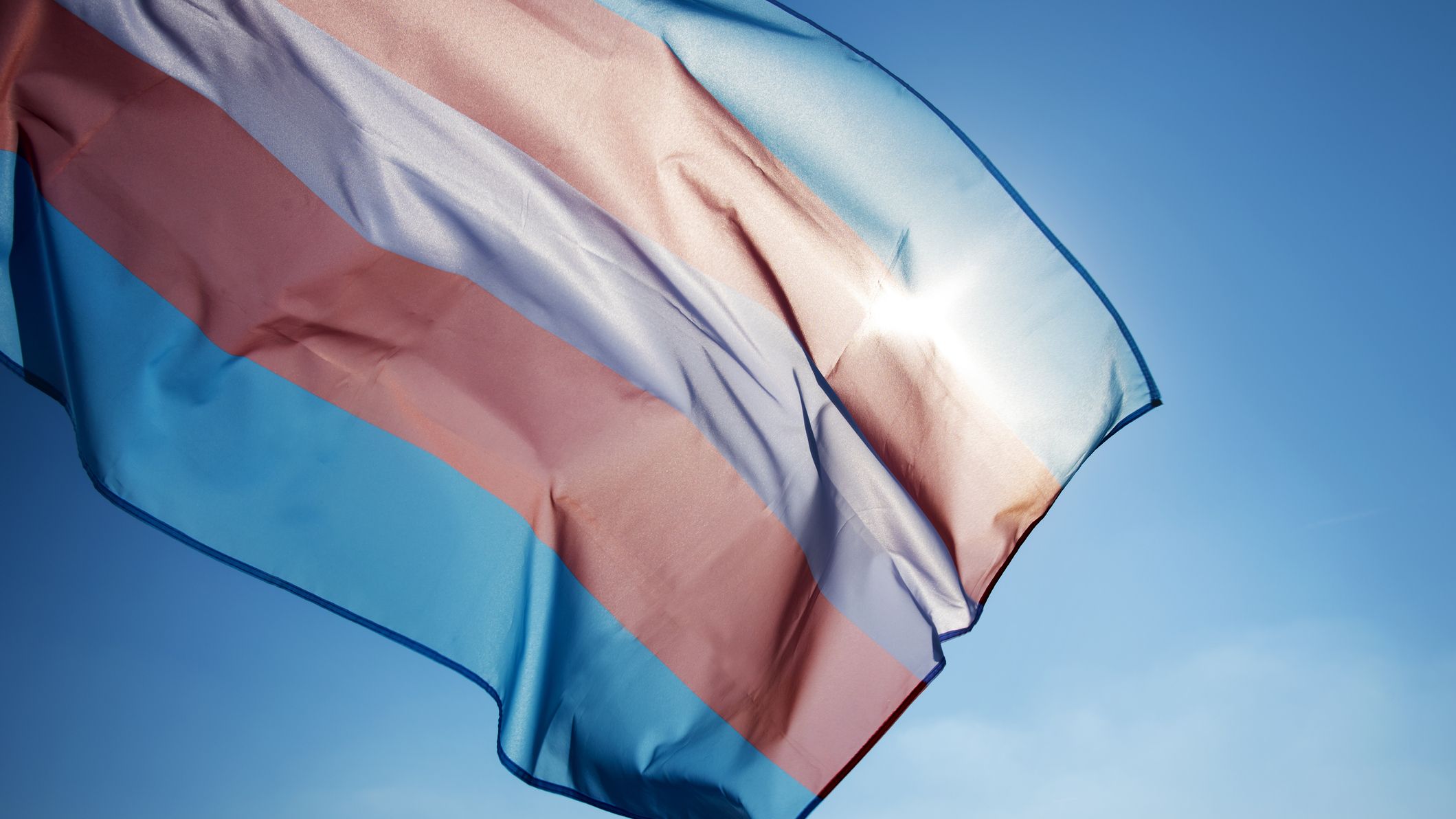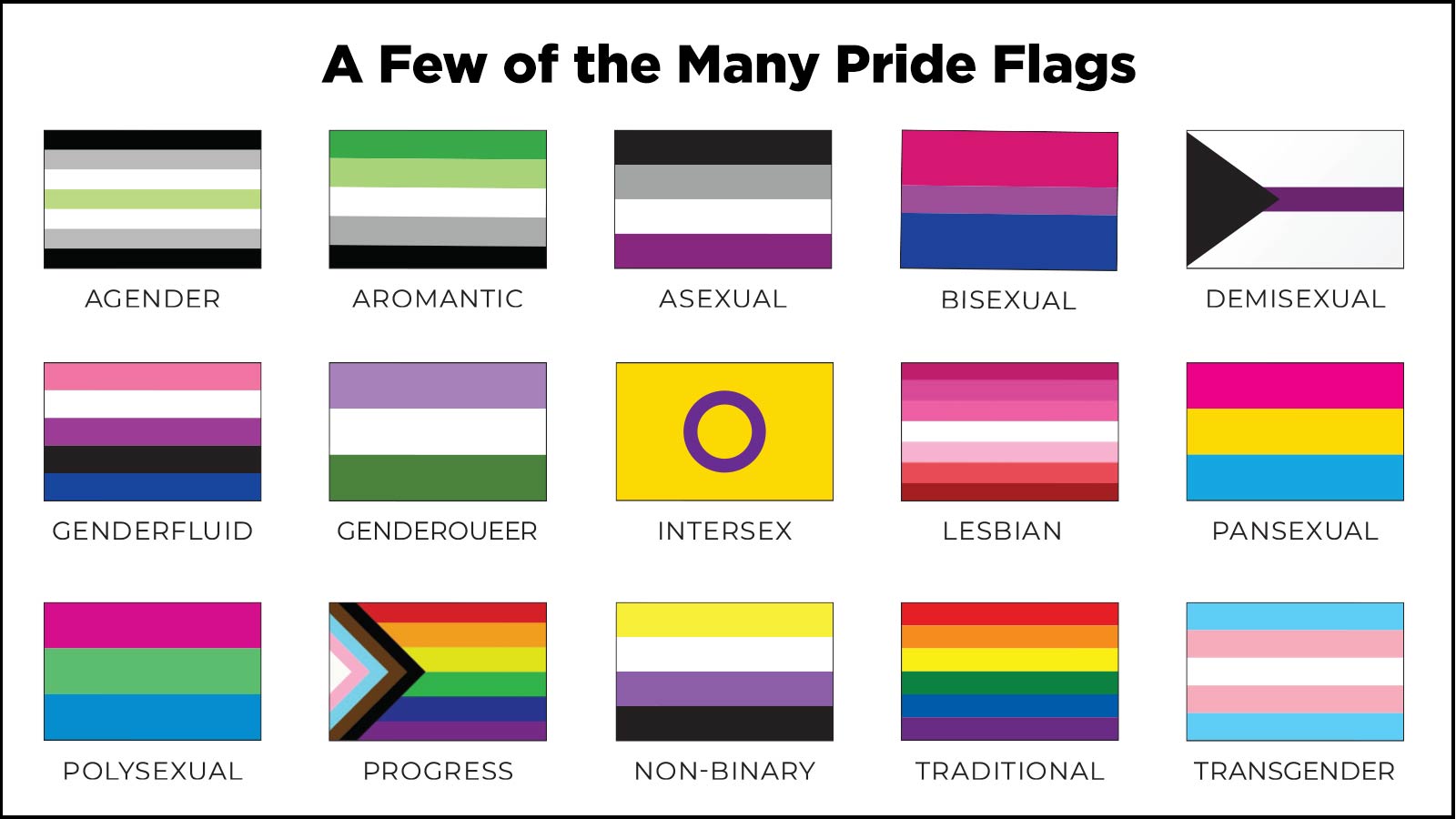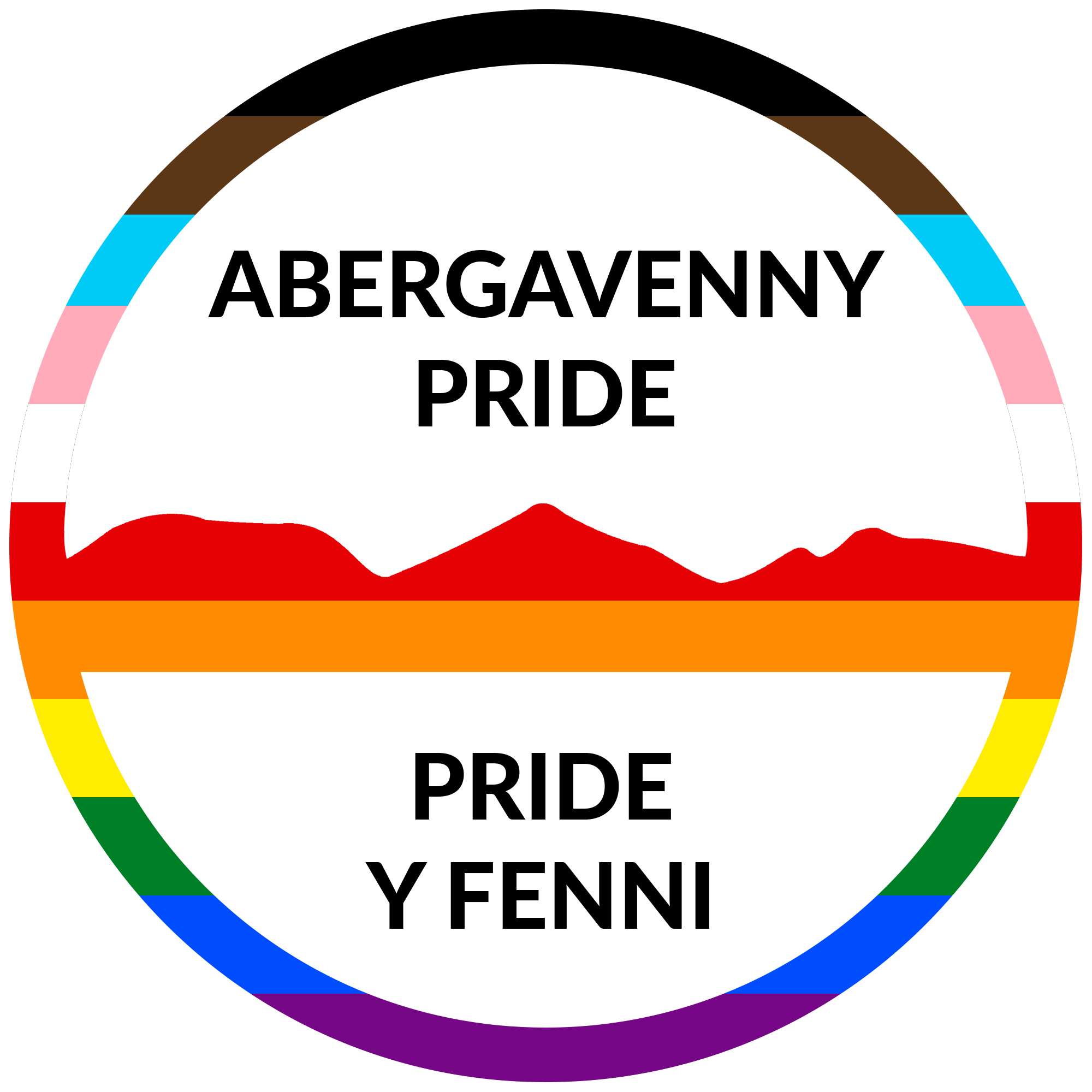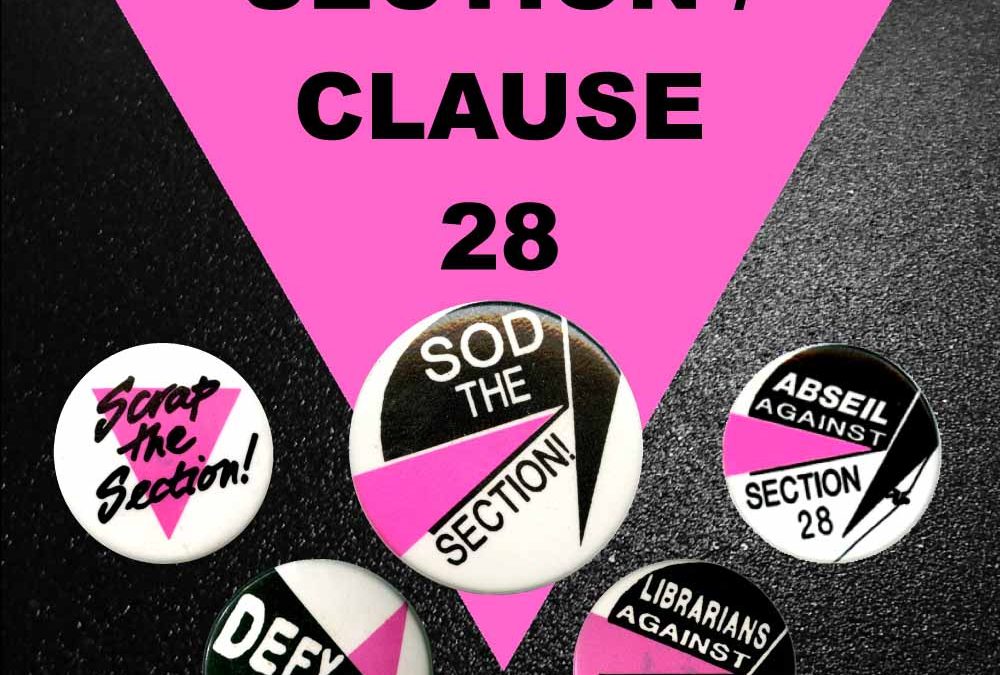November
Blog Chapters
November Edition
Currently, Homosexuality is still illegal in sixty-nine countries and punishable by death in six, while being trans is still criminalised in 13 UN member states, and in this issue, we will be focussing on Trans awareness and history.
Intersex Day of Remembrance (or Solidarity to some people), takes place on November 8th. The day marks the birthday of Herculine Barbin, a French intersex person whose memoirs were later published by Michel Foucault, along with contemporary texts and a later fictionalised account. In “Starry, Starry Night, the short life of Herculine Barbin”, Lesly Jay writes that what little we know of Barbin has all but obscured the person known variously as Herculine, Alexina and Abel during her short life. The event appears to have first been held in 2005, as Intersex Solidarity Day. Joëlle-Circé Laramée, the then Canadian spokesperson for Organisation Intersex International, issued a call for all persons interested in Intersex Human Rights to commemorate the day.
This November we will also be celebrating 20 years since the repeal of Section 28. Section 28 was a legislative designation for a series of laws across Britain that prohibited the “promotion of homosexuality” by local authorities and was in effect from 1988 to 2000 in Scotland and 1998 to 2003 in England and Wales. This meant that any public body could essentially erase homosexuality from children’s lives and included teachers discussing their own sexuality and prevented educators from supporting LGBTQ+ students in any way, as the clause stated any local authority “shall not intentionally promote homosexuality or publish material with the intention of promoting homosexuality” or “promote the teaching in any maintained school of the acceptability of homosexuality as a pretended family relationship”.
The law was in part inspired by a story book of all things that was published in 1983 called “Jenny lives with Eric & Martin”, which aimed to give children information about all types of family relationships and was brought to the attention of the Prime Minister of the time, Margaret Thatcher. She said “Children who need to be taught to respect traditional moral values are being taught that they have an inalienable right to be gay. All these children are being cheated of a sound start to life.”
Support for Section 28 reads as a tale as old as time for us gays, in that I mean it’s the same old arguments such as “we need to protect children from predatory homosexuals” or “it will mean the indoctrination of vulnerable children to homosexuality” and some more extreme stating “the encouragement of the return of an AIDS pandemic”. Despite this rhetoric being used (and still to this day) by the same oppressors (The Conservative Party, The Salvation Army, The Church of England to name a few) Section 28 was thankfully repealed, in large to the efforts from the likes of Stonewall (Ian McKellen and Michael Cashman), Outrage!, The Terrence Higgins Trust, and The Family Planning Association and in Government with The Labour Party, The Green Party, and various Trade Unions of the time. Thankfully during its time there were no successful prosecutions made, but many tried and there were also many legal attempts to cease funding of LGBTQIA+ and HIV/AIDS prevention initiatives, and after more than 3 decades later we now have an equal age of consent, have the right to marry, adopt and serve in the armed forces, and many protections under the law.
However, during its 15-year tenure, the devastating impacts this legislation had will never be truly understood in its entirety, with many of us thriving with lots to celebrate, we (as a community) are still disproportionately affected in terms of depressions, anxiety, suicidal thoughts, drug usage and many more. Many of those that grew up during this period were constantly bullied, causing physical and mental illnesses, and lived in constant fear. There’s evidence now that if you tell children they aren’t good enough, over and over, as adults, they’ll be more likely to have depression, body-image disorders and suicidal thoughts — as well as suffer from addictions. Even now thirty years after the legislation was introduced, a quarter of all young homeless people are estimated to be LGBTQIA+, queer people of colour are disproportionately affected by HIV, LGBTQIA+-inclusive relationships and sex education is still considered controversial, while suicide and mental health problems still remain disproportionately high.
Modern shows like Heartstopper, that have a core focus on queer students help to change today’s narrative, while in today’s political climate, the teachers are just as revolutionary. With representation from “out” teachers, it’s a stark reminder of the type of vital support network that was cruelly ripped away from LGBTQ+ people under many similar laws around the world. In the UK, the Conservative Government is expected to introduce legislation that could effectively force teachers to out trans pupils to their parents, in a move that some people have dubbed as “Section 28 by stealth”. In the US, Florida has introduced its “Don’t Say Gay Bill” which is effectively Section 28 in all but name, with several other states, including Louisiana and Arkansas, passing similar legislation with more states expected to go the same way.
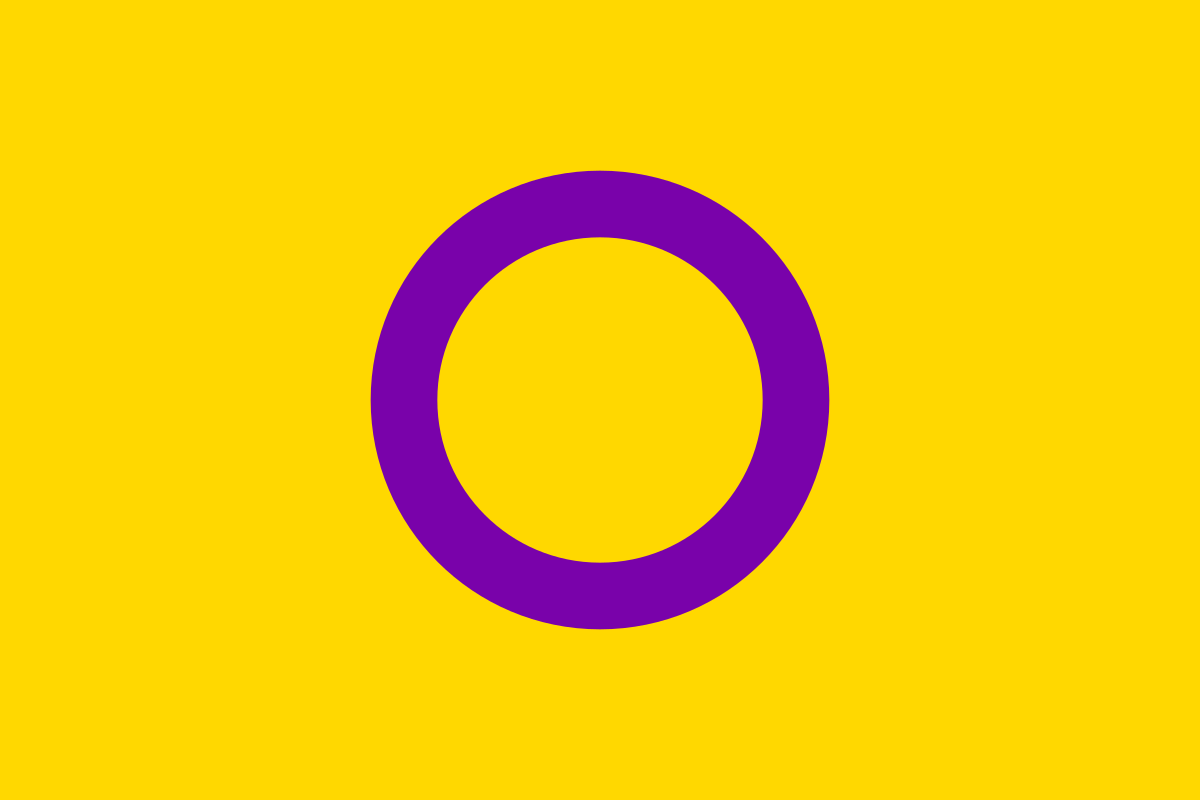
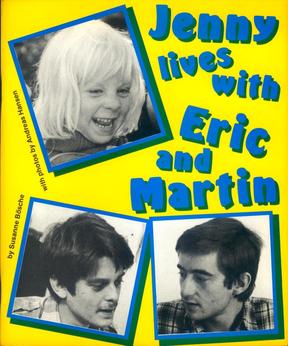
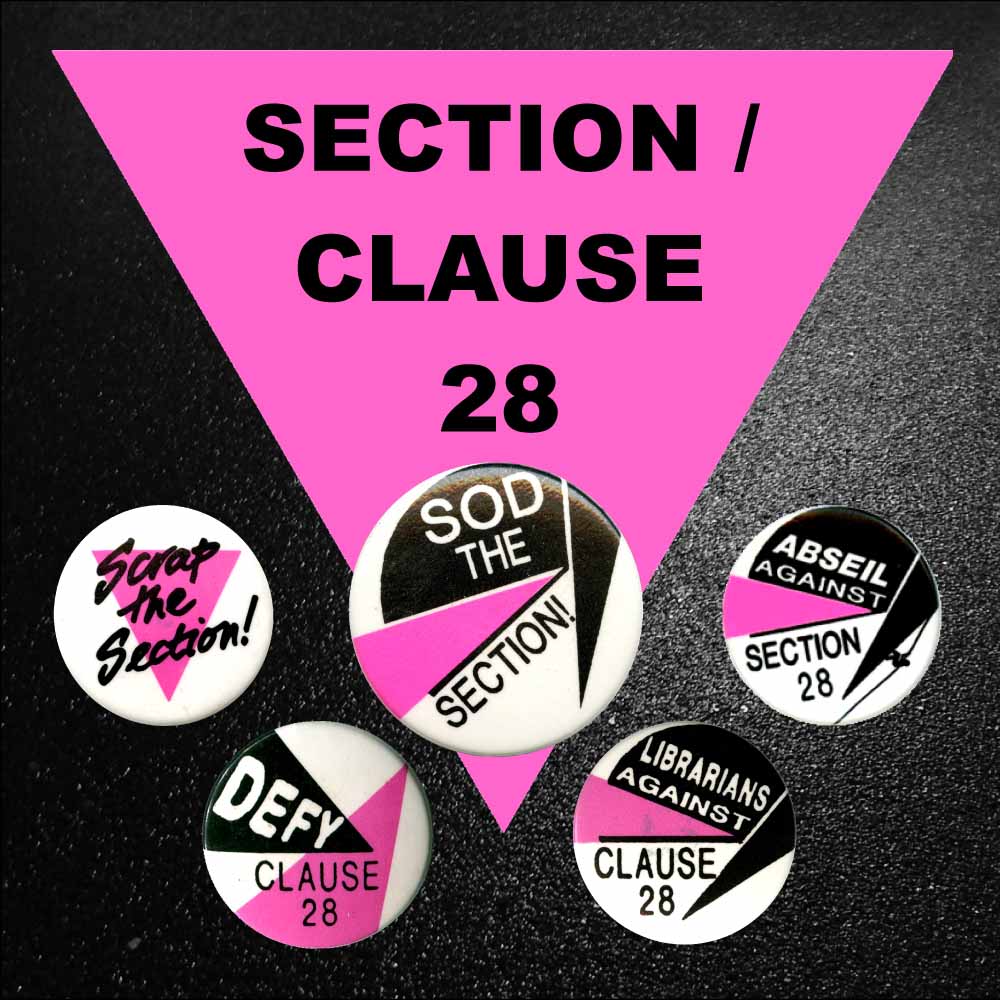

A VERY Brief Timeline of Trans History
Trans people and identities have been very much a part of every civilisation in History as they are today. In Ancient Greece & Rome, there were ‘Galli’ priests, Roman Emperor Elagabalus preferred being called a lady and sought sex reassignment surgery (around 222 AD). ‘Hijras’ on the Indian subcontinent and ‘Kathoeys’ in Thailand have formed trans-feminine third gender social and spiritual communities for thousands of years. In Arabia, ‘Khanith’ fulfil a third gender role attested since the AD 600s. In Africa, many societies have traditional roles for trans men and women which are still around in the modern day. In North American Indigenous cultures, there are social and ceremonial roles for third gender people, such as the Navajo ‘Nadleehi’ or the Zuni ‘Ihamana’.
No matter what age or time you look at, you will always find some form of transgender expression in history. However, a precise history is difficult to compose because the modern concept of being transgender, and of gender in general is a fairly recent concept and didn’t develop until the mid-1900s. There’s also been criticism about how people were chronicled, for example Billy Tipton is often shown as gay, whereas a transgender reading of his life would be more appropriate.
A transgender person is someone whose gender identity differs form that typically associated with the sex they are assigned at birth. Some transgender people who desire medical assistance to transition from one sex to another identify as transsexual. Transgender or trans is also an umbrella term; in addition to including people whose gender is opposite to their assigned sex, it may also include people who are non-binary or genderqueer. This may also include those that are third gender, or else conceptualise transgender people as third gender. (Third Gender is a concept where individuals are categorised, either by themselves or society, as neither man nor woman. It is also a social category present in societies that recognize three or more genders and the term ‘third’ is often understood to mean ‘other’, although some anthropologists use ‘fourth’ and ‘fifth’ genders). The term transgender does not have a universally accepted definition, including among researchers.
Being trans is distinct from sexual orientation, and trans people may identify as or decline to label using many of the other terms such homo/hetero/bi/a sexual. The opposite of transgender is cisgender. Throughout history there have many different terms used to define transgender, and that’s part of the reason why gathering a ‘Trans History’ is difficult but also because as mentioned previously the construct of more than two genders is a fairly modern and misunderstood construct in Western Society although many non-Western societies have always used these terms. Then on top of the many different terminologies used by different societies, legal and medical terminology exists as well.
Despite the distinction between sexual orientation and gender, throughout history gay, lesbian and bisexual subcultures were often the only places where gender-variant people were socially accepted in the gender role they felt they belonged to; especially during the time when legal or medical transitioning was almost impossible. This acceptance has had a complex history. Like the wider world, the gay community in Western societies did not generally distinguish between sex and gender identity until the 1970s, and the role of the transgender community in the history of LGBT rights is often overlooked.
Transgender individuals experience significant rates of employment discrimination. Approximately 90% of trans people have encountered some form of harassment or mistreatment in their workplace. Moreover, 47% have experienced some form of adverse employment outcome due to being transgender; of this figure, 44% were passed over for a job, 23% were denied a promotion, and 26% were terminated on the grounds that they were transgender.
The start of the twenty-first century saw the rise in transgender activism and with it an increase in support. Within the United States, groups such as the Trevor Project have been serving the wider LGBT community including people who identify with the term transgender. The group offers support in the form of educational resources including research, advocacy, and crisis services.
Below is a very brief modern timeline of Transgender History.
1951 Roberta Cowell is the first known British trans woman to undergo reassignment surgery and have her birth certificate changed.
1966 Trans support group, The Beaumont Society, is founded to provide information and education to the general public, the medical and legal professions on ‘transvestism’ and to encourage research aimed at fuller understanding.
1969 The Stonewall riots in America – a series of spontaneous, violent demonstrations by members of the LGBT community against a police raid on the Stonewall Inn, Manhattan. This key event triggers the modern LGBT liberation movement in the US and beyond.
1970 The Corbett v Corbett divorce case establishes a precedent that a person’s sex cannot legally be changed from that which is assigned at birth.
1972 The first Pride in London is held, attracting around 2000 participants
1974 Jan Morris, Welsh historian, author and travel writer, releases Conundrum, a personal account of her transition.
Stephen Whittle, trans man and prominent activist co-founds a Manchester based “TV/TS” group; a group for trans people.
The First National TV/TS (Transvestite/Transsexual Conference) is held in Leeds.
1980 British documentary ‘A Change of Sex’ is aired on the BBC following the social and medical transition of Julia Grant. The BBC also gives an inside view of the Gender Identity Clinic at Charing Cross Hospital in London.
1986 Mark Rees, a trans-man, brings a case to the European Court of Human Rights, stating that UK law prevented him from gaining legal status recognising him as male. The case was lost but the court noted the seriousness of the issues facing trans people.
1987 The International Foundation for Gender Education (IFGE) is founded to promote acceptance for transgender people.
1992 Following a fringe meeting at the Liberal Democrat Federal Conference in 1991, Press For Change, a key lobbying and legal support organisation for trans people in the UK, is established.
1995 Mermaids is founded by a group of parents brought together by their children’s longstanding gender issues. The UK charity offers appropriate resources to young people, their families and carers, and professionals working with gender variant young people.
1996 The landmark case – P vs S and Cornwall County Council – finds that an employee who was about to undergo gender reassignment was wrongfully dismissed. It was the first piece of case law, anywhere in the world, which prevented discrimination in employment or vocational education because someone is trans.
1999 Trans Day of Remembrance is founded in the USA, and then later in the UK and worldwide, to memorialise those who have been murdered as a result of transphobia and to bring attention to the continued violence endured by the trans community.
2002 In the Goodwin v the United Kingdom case, judges ruled that the UK Government should accommodate the needs of trans people by issuing new birth certificates and permitting marriage to someone of the opposite gender.
2004 The Gender Recognition Act 2004 is passed giving trans people full legal recognition in their appropriate gender. The Act allows trans people to acquire a new birth certificate, although gender options are still limited to ‘male’ or ‘female’.
2005 Transgender Europe is founded. The organisation campaigns for the equality of all trans people in Europe.
2007 ‘Engendered Penalties Transsexual and Transgender People’s Experience of Inequality and Discrimination’ is published. This is instrumental in ensuring the inclusion of trans people in the remit of the UK’s new Commission for Equalities and Human Rights
2010 The Equality Act 2010 officially adds gender reassignment as a protected characteristic.
2013 The first Trans Pride event takes place in Brighton.
2018 A consultation on reform of the Gender Recognition Act receives over 100,000 responses, with the vast majority supportive of reforms to the Act that would improve trans people’s lives.
2021 The England and Wales census includes questions on gender identity and sexual orientation for the first time, meaning that data can be gathered on the numbers of LGBT people across the countries.
You can find out more online or by grabbing a copy of ‘Transgender History, The roots of Today’s Revolution’ by Susan Stryker.
Fly That Flag
The best-known transgender flag, proposed in 1999, is a pride flag of five horizontal stripes of three colours – light blue, light pink and white. It was designed by American trans woman Monica Helms to represent the transgender community, organizations, and individuals.
The flag’s design represents the transgender community and consists of five horizontal stripes: two light blue, two pink, and one white in the centre. Helms describes the meaning of the transgender pride flag as follows:
The stripes at the top and bottom are light blue, the traditional masculine colour. The stripes next to them are pink, the traditional feminine colour. The stripe in the middle is white, for those who are transitioning or consider themselves having a neutral or undefined gender.
Similar to the worldwide adoption of a number of identity-specific flags by the LGBTQ+ community around the world, including the Rainbow flag, the transgender pride flag is used throughout the world to represent the transgender community, though there are several other flags used and endorsed by various transgender people, organizations and communities. There have been, and continue to be, alternatives suggested to these flags, and the varying flags have been and continue to be used to represent transgender pride, diversity, rights and/or remembrance by transgender people, their organizations, their communities and their allies.
